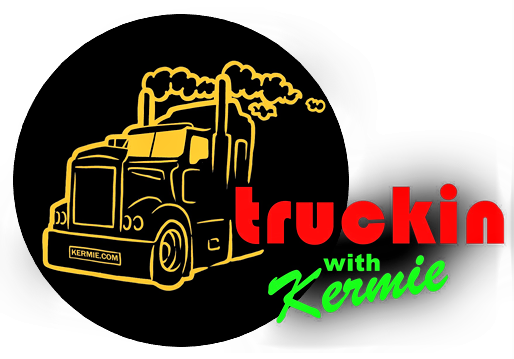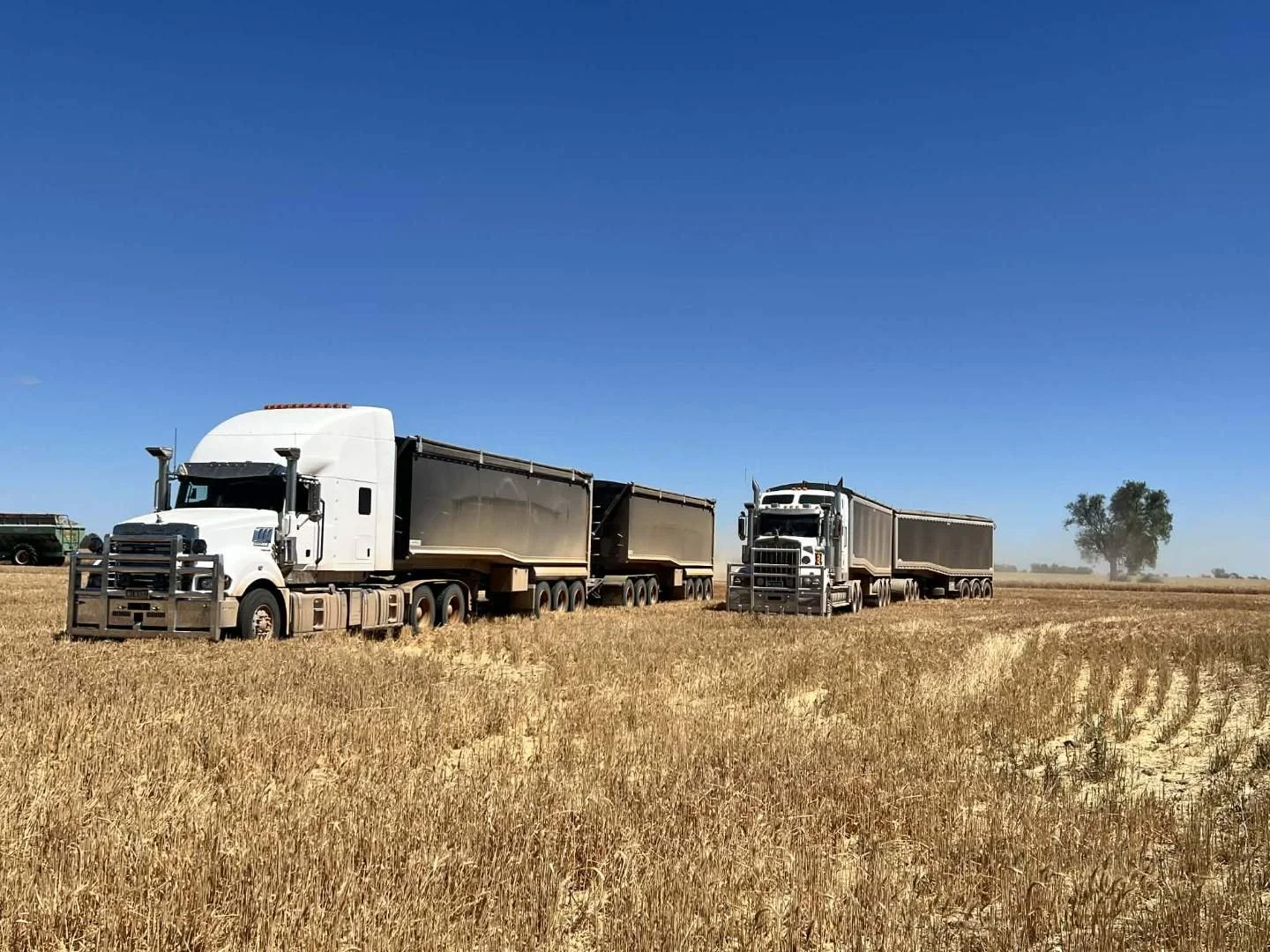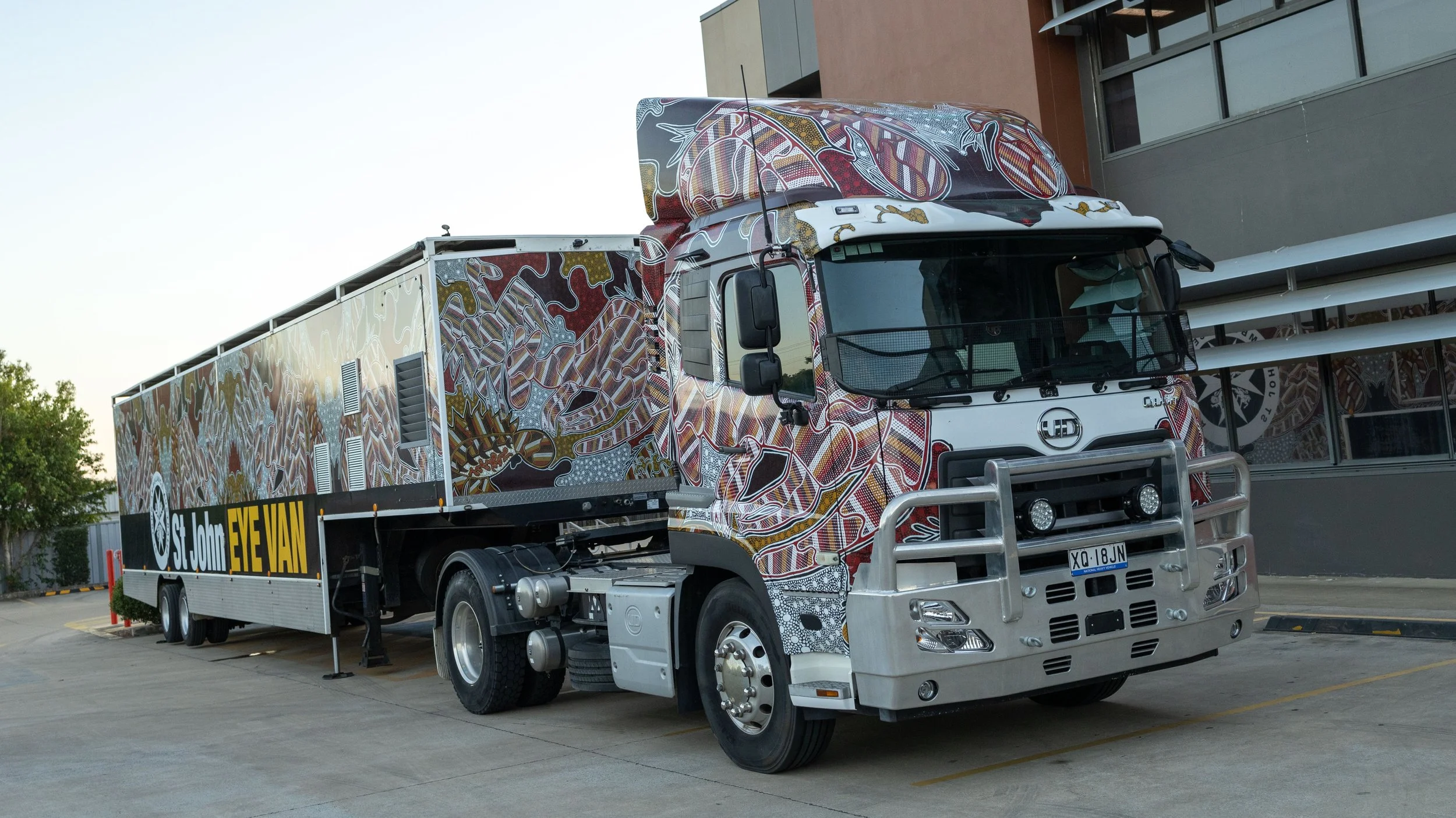Premature Electrification?
….The little blue pills won’t help, but there are sensible ways to transition….
There is a warm fuzzy feeling in the collective groins of Canberra and many manufacturers when it comes to the ‘electric’ word. The world is going helter-skelter towards full electric – it seems in some cases, without regard for other essential requirements such as the infrastructure to support charging the projected growth of electric vehicles, or where that electricity is going to come from.
And here, I’m referring just to the projected growth of electric cars which will require so much power that it’ll make your hair stand on end – much less anything else. Add in trucks which will require exponentially more, and there’s some serious work to be done before the country is up to the task.
Yes, there is certainly a place for electric trucks of all sizes in last mile delivery and some large transport businesses have bought some already, I’m sure for the right reasons, but also because it’s seen as the politically correct thing to do.
The Brisbane Truck Show displayed a plethora of electric powered trucks this year – over twenty, compared to just three at the previous show. Nearly every OEM had some sort of electric on their stand, whether it was available in Australia or not.
One company that didn’t was Hino. The company has Battery Electric Vehicles (BEV’s) in Japan but until they’re available in Oz, Richard Emery, Hino Australia Vice President, decided against displaying them. Besides, Richard believes Hino have the perfect answer in the transition to electricity (and having just driven them – the subject of a future article – I can only agree wholeheartedly with him.
Richard Emery
Richard is well qualified to talk about BEV as he used to be CEO and Chairman of Nissan Australia.
“There is an interesting dynamic on display at the moment in Australia and I think I may be in a unique position to talk about this. As you know Nissan had the Leaf electric vehicle on sale in Australia in around 2007. In fact our factory in Dandenong was the only factory in the Nissan world that built key componentry for the Leaf.”
No support for Nissan Leaf
“Do you think I could get government to engage about the things that we needed to do to decarbonise, not only the factory side of the business, but the automotive side. The Coalition Government in power at the time weren’t even interested in having a conversation. We got no government support for running the factory that built Leaf componentry and really couldn’t get any engagement with them about how to encourage low and zero emission uptake.
“Now we have gone from that situation to the exact opposite where I believe that the current government’s approach is very tunnel visioned – that it is all one thing. And that’s Battery Electric, to the exclusion of other technologies. The reality is somewhere in between. It will move and adjust for individual (truck) customers over the next five years.
“The prediction is that the transport industry, in terms of the tonnage moved per annum here in Australia, is going to increase by 40% between now and 2030. The reality is if that is that the transport industry will in fact increase its carbon footprint over the next five or six years. So clearly something needs to be done.
“The average age of the Australian commercial vehicle fleet is approaching 13 years. If we made that 10 years it would make an immense difference to the amount of emissions emitted by our industry”
Hino 300 Series Hybrid - the perfect transition to full-on electric
Richard believes Hino has the perfect transition vehicle into moving toward all-electric in their 300 Series Hybrid-Electric powered vehicle.
“I believe that a truly sustainable change to full electric lies in the Electric-Hybrid. Hino has, it would seem, the country’s best kept secret (until now) in our 300 Series Electric–Hybrid. As a subsidiary of Toyota we had access to their technology and expertise in this area which has spanned some 40 years, and is well proven.”
Toyota has being playing with hybrid for 40 years
“The Hino Electric Hybrid has in fact been available on the market since 2007. When I first joined the company I asked why we didn’t sell more of them and couldn’t get a straight answer. Soon after, in the middle of last year a few things happened. Of course fuel prices went through the roof and also our Toyota Financial Services business partner had done some homework showing that residual value of these trucks was holding up far better than anticipated and that maintenance costs from a fleet management perspective were less.
“I think it’s been to our detriment that some of our customers think it’s a new truck when it’s been there all the time. They just didn’t know.
“Compared to the straight diesel version, the hybrid can offer a saving on fuel of anywhere between 15 and 30%, depending on how you drive it of course. On the open road the difference between hybrid and diesel isn’t great but in urban areas where carbon emissions from trucks are highest, it comes into its own. You’re not only saving a heap in diesel costs but also doing your bit to reduce carbon emissions. This is very important to many companies in our industry who wish to be seen as good corporate citizens.”
“The base 300 Series truck is bloody good. When you add Hybrid-Electric on top, it becomes quite a compelling argument. A year ago, if we’d sat down with a customer who was going to buy fifty 300 Series and asked him if he’d like to make 10 of those hybrids, they would have said no. There was a bit of a view that they would just jump straight to full electric.
“Now they are realising they can’t do that because they don’t have the capacity, the infrastructure and the cost impediments are pretty big. But they see the value that hybrid-electric offers as a stopgap.
“So in the next 5 years what I believe will happen is that let’s say a business has a hundred 300 Series sized trucks, they might transition to 10% all electric, 25% hybrid electric with the remaining being diesel. Then over the next 5 to 10 years those figures will change to something like 30% electric, 40% hybrid electric and it will shift depending on the fleet that you use.”
This ‘relaunch’ of the Hino 300 Series Hybrid-Electric has resulted in a five-fold increase in orders for the truck.
700 Series Hybrid. Will we see it here?
In Japan, Hino also have a Hybrid-Electric version of their Big Banger 700 Series. Richard’s next mission is to try and get that truck to Australia.
“I do love to have the 700 Hybrid-Electric here. I reckon it would be fantastic for say, container movements on and off walls and around Metro areas. Can you imagine the savings that could offer to an operator?”
More Blog Posts You Will Love
More From In-depth
Got something to say? Say it here!
truckinwithkermie.com is for YOU and about YOU. We’d love to hear your stories. There are a number of ways to get in touch with us:
kermie@truckinwithkermie.com
(+61) 0418 139 415

















